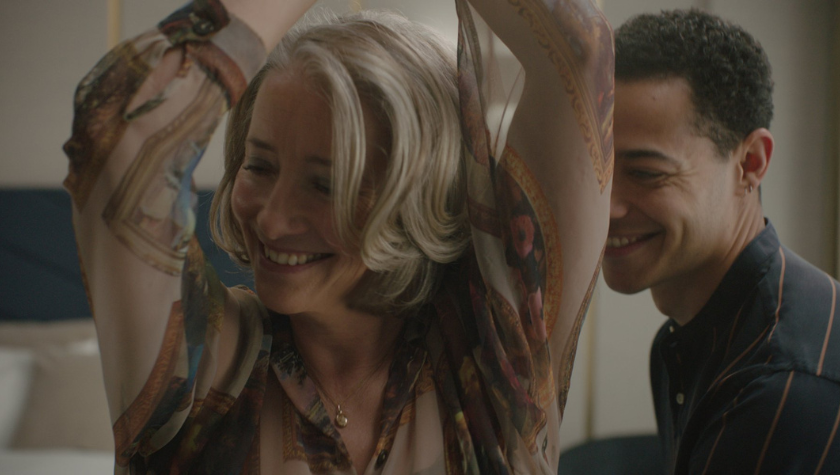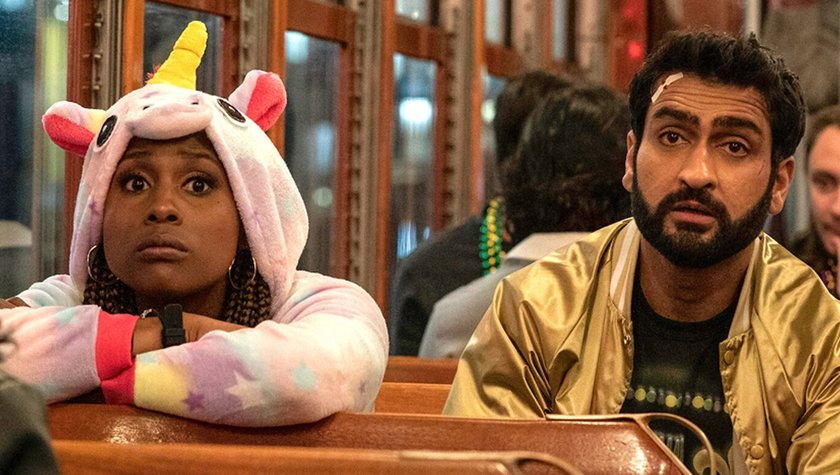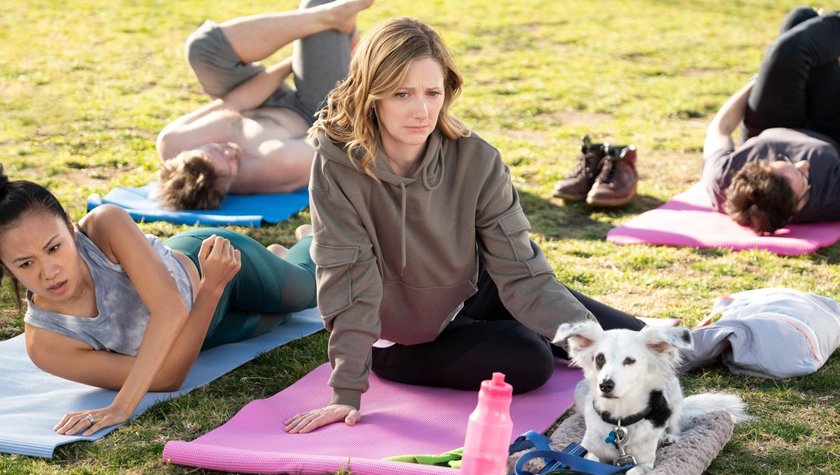Growing Up Milwaukee' seeks to go beyond statistics
April 27, 2021
Statistics out of Milwaukee are shocking and depressing for Black kids in the city. In a report that came out in August 2020, University of Wisconsin-Milwaukee’s Center for Economic Development stated that "Black Milwaukee is generally worse off today than it was 40 or 50 years ago" when it comes to poverty, mass incarceration, economic mobility, and segregation.
"The Black poverty rate in Milwaukee — 33.4 percent — is the highest Black poverty rate among the nation’s largest metropolitan areas, and almost five times the white rate," the study states.
Milwaukee native and filmmaker Tyshun Wardlaw was shocked by the stats coming out of her hometown.
"I wanted to tell the story behind the statistics ... I wanted to be able to humanize the stories behind it and tell it from a youth perspective," she said.
"Once I got the financing for the project together, I connected with organizations advocating for youth and everything fell into place.”
The result is her compelling documentary Growing Up Milwaukee.
The film highlights the lives of three Black Milwaukee teens dealing with everyday struggles, challenges, and the added stress of being in a city that has struggled itself. It’s an overall hopeful look as all three have strong dreams and endless determination. Tiana Gee is a talented rapper and vocalist who wants to keep things on the straight and narrow to focus on her music and to be a good example for her young son. Brandon Haney feels like a budding entrepreneur as more than anything, he’d like to have and keep a job. And Marquell Jenkins discovers the power of his own story and aspires to write novels one day.
Wardlaw's lens allows the audience to deeply connect with her subjects as each moves in and out of group homes, different schools, and finds community resources and incredible people ready to help give them a leg up.
"They felt that they could connect with me in a way that I wasn’t trying to exploit them,” Wardlaw said of the teens.
“We were a small indie production and we wanted them to know they were a part of the process. I let them know, ‘I got your back, even though you are letting me into crucial and private moments.' I wanted the process to be enlightening to the youth, [with them] knowing that their stories were important and mattered. But I also had to respect their space and time because they were so much letting us into their lives.”
For Wardlaw, coming back home to Milwaukee after time away made the film additionally personal.
"I moved after high school to go to university in Santa Clara. My expectation of the city was [that] it’s home, but it had changed so drastically in the last 15 years I had been away. [The film] was close and personal because these were my surroundings for so long," she said.
"I had high expectations for people being receptive to being on camera, and people were so welcoming to me filming. I truly appreciate the open arms that allowed me to film with them ... One thing I realized through the process is that I initially was hoping that not all hope was lost in the city. I discovered hope is not lost at all. All the organizations that you see in the film are working day in and day out to combat the statistics, often digging into their own pockets to help those they work with. We are a lot of things in Milwaukee, but we are not gonna lose hope.”
Wardlaw’s subjects illustrate the same sentiment: Gee is still working away on her music. Jenkins is resuming college in the fall, and Haney is searching for a job that he loves. Wardlaw’s biggest hope for the film is that, “Black, inner-city youth across the country are encouraged to tell their own stories in whatever form or fashion they can. You don’t know what someone is going through, and your story could inspire the next thing."
The filmmaker says she also hopes Growing Up Milwaukee puts out a call to action by encouraging viewers to ask themselves what they can do in their own cities to connect with youth.
"I hope it inspires people across the nation to get involved."
If watching the film does inspire Milwaukee-based viewers to take action, Flood the Hood with Dreams is a good starting point. The organization was featured in the film, and it hosts morning assemblies and afternoon community events to inspire local youth through college and career-focused mentorship activities. The group also helped with the I Will Not Die Young campaign, and is co-owned by Muhibb Dyer, a spoken word poet and mentor who was also featured in Growing Up Milwaukee.
Additionally, Wardlaw plans to keep her film production local and Midwestern, operating between Milwaukee and Chicago. She can be reached at @tyshunwardlaw on Twitter and @tywardlaw on Instagram. Naturally, she is always looking to connect over a good story.
Growing Up Milwaukee is now available to stream on HBO Max.
Written by: Lindsay Stidham
Lindsay holds an MFA in screenwriting from the American Film Institute. She has overseen two scripts from script to screen as a writer/ producer. SPOONER, starring Matthew Lillard (SLAMDANCE), and DOUCHEBAG (SUNDANCE) both released theatrically. Most recently Lindsay sold PLAY NICE starring Mary Lynn Rajskub. The series was distributed on Hulu. Recent directing endeavors include the Walla Walla premiering (and best screenplay nominated) TIL DEATH DO US PART, and the music video for Bible Belt’s Tomorrow All Today. Lindsay is currently working on an interactive romcom for the production company Effin' Funny, and a feature film script for Smarty Pants Pictures. Lindsay also currently works as an Adjunct Screenwriting Faculty member at USC’s School of Cinematic Arts. You can follow her work here: https://lindsaystidham.onfabrik.com/



